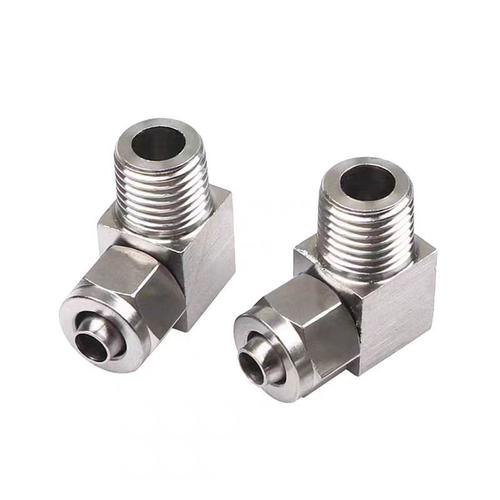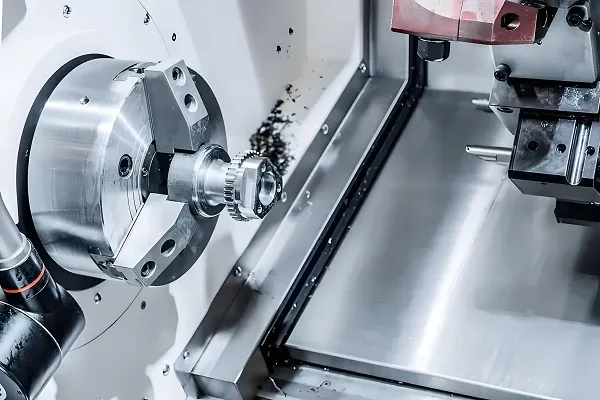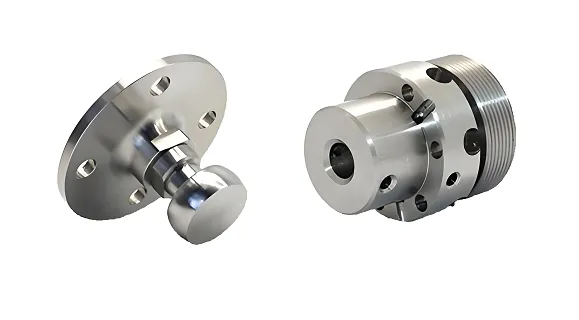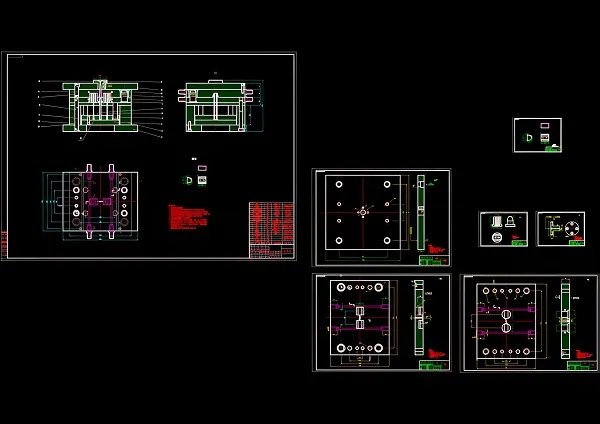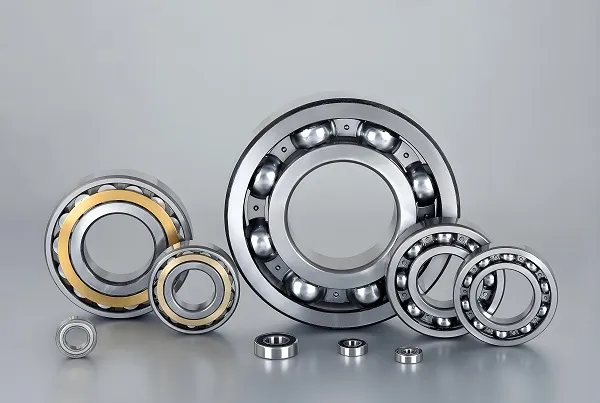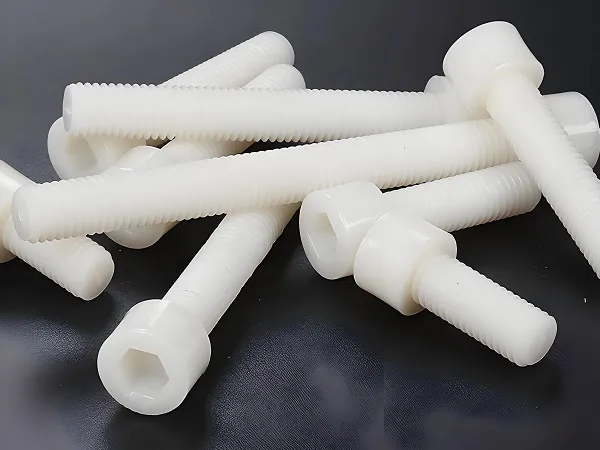Every machine, device, or structure you rely on—from your morning coffee maker to the jet that carries you across the globe—owes its functionality to two foundational manufacturing processes: CNC turning and milling. These complementary techniques work together to shape raw materials into everything from simple shafts to complex 3D components, combining rotational precision with multi-axis versatility. At Goldcattle, with 26 years of mastering both crafts, we leverage this dynamic duo to deliver custom solutions across industries. Let’s explore how CNC turning and milling work, their unique strengths, and why Goldcattle is your trusted partner for seamless, high-precision manufacturing.
Understanding the Pair: What Are CNC Turning and Milling?
While both fall under the CNC (Computer Numerical Control) umbrella, turning and milling excel at different tasks, making them perfect collaborators:
CNC Turning: Master of Rotational Shapes
CNC turning uses a rotating workpiece and stationary cutting tools to create cylindrical or conical parts. Imagine a potter’s wheel—spinning material allows tools to carve smooth diameters, threads, grooves, or tapers with exceptional symmetry. It’s ideal for parts like shafts, bushings, pins, and valves, achieving tolerances as tight as ±0.001mm and surface finishes as smooth as 0.02μm Ra .
CNC Milling: Champion of Complex Geometry
CNC milling uses rotating cutting tools and a stationary workpiece to remove material from multiple angles. With 3, 4, or 5 axes of movement, it shapes flat surfaces, slots, pockets, and intricate 3D features—think gear teeth, brackets, or engine blocks. Milling thrives on complexity, handling non-cylindrical parts with tolerances as precise as ±0.002mm .
Together, they cover nearly every manufacturing need: turning creates the “bones” of rotational parts, while milling adds the detailed “features” that make components functional.
The Technology Powering Turning and Milling
1. Machines Built for Collaboration
Goldcattle’s facility houses advanced equipment tailored to both processes:
- CNC Turning Centers: From 2-axis lathes (for simple shafts) to 4-axis live-tooling machines (which add milling features like holes or flats during turning) and Swiss-type lathes (for micro-parts under 10mm diameter). Our 4-axis turning centers reduce production time by 35% for parts needing both cylindrical shapes and cross-drilled holes .
- CNC Milling Machines: 3-axis mills for flat parts, 4-axis mills with rotational tables, and 5-axis mills that tilt and rotate tools to access complex angles. Our 5-axis mills can machine a drone frame’s curved surfaces in one setup, eliminating errors from repositioning .
2. Materials: Versatility Across Substances
Both processes handle a wide range of materials, with Goldcattle experts matching each to your project:
- Metals: Aluminum (6061/7075) for lightweight parts, stainless steel (304/316) for corrosion resistance, titanium (Ti-6Al-4V) for strength, and brass for conductivity.
- Plastics: PEEK for high heat resistance, nylon for low friction, and acrylic for precision components.
- Composites: Carbon fiber-reinforced polymers for aerospace parts needing strength without weight.
For example, we use 316 stainless steel in both turning (for valve bodies) and milling (for flange connections) to create corrosion-resistant fluid systems for marine applications .
3. The Integrated Process: From Design to Delivery
Goldcattle’s workflow combines turning and milling for seamless results:
- Design & DFM Analysis: Our engineers review CAD files to recommend which features suit turning (e.g., outer diameters) and which need milling (e.g., keyways). We optimized a client’s automotive part by using turning for the main shaft and milling for the gear teeth, reducing costs by 20% .
- Material Prep: Raw stock is cut to size, with turning blanks for cylindrical parts and milling blocks for complex shapes.
- CNC Programming: Separate but coordinated code for turning (spindle speeds 3,000–10,000 RPM) and milling (spindle speeds 5,000–15,000 RPM) ensures consistency.
- Hybrid Machining: Parts move between turning and milling centers as needed. A medical instrument part, for example, starts with turning to create a smooth shaft, then moves to a 5-axis mill for precision slots and holes.
- Quality Control: Every part undergoes 3D scanning and CMM inspection, verifying tolerances across both turned and milled features. Critical aerospace parts meet AS9100 standards with 100% inspection .
- Finishing: Anodizing, plating, or polishing enhances durability and aesthetics, applied after both processes are complete.
Applications: Where Turning and Milling Shine Together
Aerospace & Defense
- Engine components: Turning creates turbine shafts (±0.002mm straightness), while milling adds cooling slots and mounting flanges. Goldcattle produced titanium engine parts with both processes, meeting 1,200°C heat resistance requirements .
- Aircraft brackets: Milling shapes complex mounting surfaces, while turning adds threaded holes for fasteners—critical for structural integrity.
Medical Devices
- Surgical tools: Turning crafts stainless steel handles with ergonomic diameters, while milling adds serrated grips and tool tips. Our hybrid process created a biopsy tool with 0.01mm precision in both turned shafts and milled cutting edges .
- Implant components: Titanium alloy parts use turning for smooth, biocompatible surfaces and milling for bone-anchoring threads.
Automotive & EVs
- Transmission parts: Turning creates gear hubs (±0.001mm concentricity), while milling cuts gear teeth. Goldcattle’s integrated process reduced noise in an EV transmission by 15% through tighter alignment .
- Battery housings: Milling shapes aluminum enclosures, while turning adds sealing grooves for waterproofing.
Industrial Machinery
- Hydraulic cylinders: Turning machines the smooth inner bore (0.02μm Ra finish) to prevent leaks, while milling adds flange mounts. A mining client’s hydraulic system saw 50% longer lifespan after switching to our hybrid-machined cylinders .
Why Choose Goldcattle for CNC Turning and Milling?
- 26 Years of Integrated Expertise: We know when to use turning, when to use milling, and how to combine them for optimal results—no outsourcing, no communication gaps.
- Advanced Technology: Our 4-axis turning centers and 5-axis milling machines handle complex parts in fewer steps, reducing lead times.
- Quality Certifications: ISO 9001, ISO 13485, and AS9100D certifications ensure compliance across industries.
- Custom Solutions: From prototypes to mass production, we scale both processes to meet your volume and precision needs—recently delivering 10,000 hybrid-machined parts with 99.98% accuracy .
FAQs About CNC Turning and Milling
Q: When should I use turning vs. milling?
A: Use turning for cylindrical, symmetrical parts (shafts, valves). Use milling for non-cylindrical shapes, flat surfaces, or complex features (brackets, gears). Many parts need both!
Q: What’s the tightest tolerance you can achieve with both processes?
A: Turning reaches ±0.001mm on diameters; milling achieves ±0.002mm on complex features. Together, we maintain ±0.003mm alignment between turned and milled features .
Q: Can you machine large parts with both processes?
A: Yes! Our large-format turning centers handle parts up to 1m in diameter, while our 5-axis mills work with blocks up to 2m in length—ideal for industrial machinery components.
Q: How do you ensure consistency between turning and milling steps?
A: We use common datums in CAD models and coordinate measuring between machines, ensuring features align within ±0.002mm .
Q: What materials work best for combined turning and milling?
A: Aluminum and stainless steel are most versatile, but we also handle titanium, brass, and engineering plastics—our experts recommend the best fit for your project.
Ready to Harness the Power of Both Processes?
CNC turning and milling aren’t just separate techniques—they’re a team that brings your most complex designs to life. At Goldcattle, we combine their strengths to deliver parts that fit perfectly, perform reliably, and meet your unique needs.
Got a part that needs both turning and milling? Share your project details below, and our engineers will craft a custom solution!
